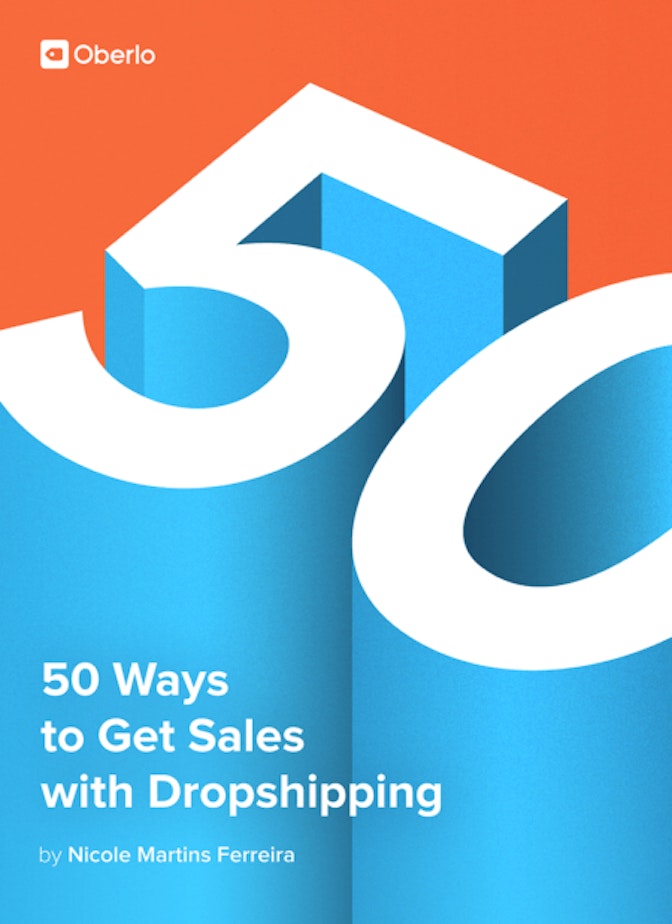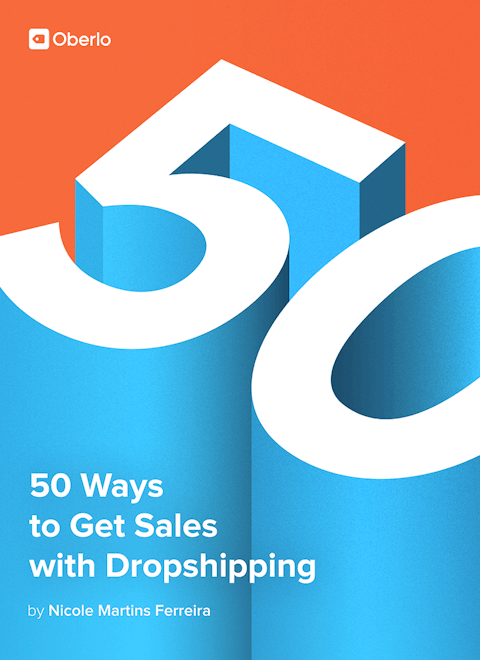One of the most effective free marketing ideas is to get the media involved with your brand. Whether you choose to write a press release or respond to media inquiries about your product, getting featured in a magazine, blog or media outlet can help boost your brand’s profile. You’ll gain referral traffic, brand credibility and potentially sales by being featured in a major publication. When partnering with the media, you need to ensure that your product is the right fit for their audience to maximize your sales potential.
Example:Fableticsfeatures a press section on their online store’s about us page. Their brand has been featured in Elle, People, Instyle, and more. When you click on the outlet, the article feature shows up on the right side to prove that they’ve been featured as social proof. When customers see that top media outlets have covered the brand, it helps build brand trust and credibility. The quality of press features also helps build clout.

Press Coverage Tips:
Know where your customers are. Which blogs or magazines do they read? Don’t guess. Ask. You can create an online survey to ask your customers what publications they read. If you notice many read the same magazine, contact that magazine and ones like it to include your products. Don’t just choose popular publications hoping for the best. Do your research. And have a targeted approach in selecting publications. Approximately44%记者希望收到出版社发行es from businesses in the morning. Tuesday tends to be the best day to send press releases but you’ll get a higher response rate if you follow up with each reporter between two to three times.
Build a media list. A media list is a list of publications and reporter’s contact information. When you want to get publicity for your brand, you’ll be able to find their contact information easily. It helps keep your list of contacts organized.
Build a relationship with reporters. Follow them on social media. Respond to their social media posts. Give just as much as you get.Even when you’re not looking to be featured, let them know you’re willing to help them if they ever need anything. You shouldn’t be pitching them all the time. And you shouldn’t dive into the pitch on first contact. Ask for their advice about a topic on the industry. Focus on getting to know the person before selling your brand to them. It’s a long-term approach but it’s the more effective one to get featured in major publications.
Send personalized emails to each reporter. Copy and paste emails with name changes can result in accidental errors like addressing the wrong person or company. You’re asking a publication to feature your product for free the least you could do is a bit of homework to determine why you think your product would be a great match for their audience. Also, do your research and send it to the right reporter.
Send free samples. When emailing publications always mention that you’d be happy to send a few free samples for them to try out. It can help pique their interest as seeing the product in person can help them determine if it’s the right fit for their audience. Be sure to send the package out yourself. Include a handwritten note. Make sure the box is professional. If you dropship that means you should order the samples to your home rather than shipping directly from the manufacturer. After they’ve received the samples, follow up with them to determine if it’s a match. Not all publications will want to feature your products after receiving a free sample but it drastically increases your odds if you do.
When contacting reporters give them all the information they need to write about or feature your product. Quotes about the product benefits or about why the brand was started can help a journalist craft the story around your brand. Reporters are busy. Give them all the information they need in one shot to avoid back and forth conversations.
Follow up with the journalist three days after sending your press release or email. When you do, ask if they need any other information from you. Keep it casual. If you ask if you’re being featured, you may frustrate them. Especially if you did a cold pitch. No reporter owes you a favor. They feature brands and products that are relevant, unique or provide value to their audience. They tell the story in a way that benefits their own publication. They loyalty lies in their publication, not your brand. Don’t contact them multiple times about the feature unless asked by the reporter.
Be responsive. If a reporter emails you asking for more information. Respond immediately. Don’t wait a week to get back to them. Reporters have deadlines to meet. They can move onto another brand if you don’t respond fast enough.
Master media monitoring. When you’re working with multiple publications, regularly monitor brand features. You can use tools to help you find out which publications you’ve been featured in. Or really search the internet for new features.
Show off your features. If you’re featured in top blogs and publications add it to your press page. It helps give your brand social proof. As your brand receives more features, it shows customers that your products are worth talking about. Especially if featured in a publication they love and trust. It also shows that you’re a legitimate brand.
Press Release Distribution and Press Coverage Tools:
HARO是最好的免费工具来获得免费公关为你的汽车吗iness. On the website, you’ll need to sign up for their email list. You can choose the category that best suits your business or the ‘General’ list to see the entire list of requests from the media. It allows you to work with reporters who are currently working on a relevant article to share your brand’s story or products. You’ll receive emails three times a day, five days a week with requests. Top media outlets like Huffington Post, Forbes, and Entrepreneur regularly use HARO to find businesses and entrepreneurs for their stories.

Google Alertsis a media monitoring tool. Sign up to receive notifications for your brand name. When your brand name is featured in a publication, Google will send you an email alerting you of the feature. This tool is great for those who regularly get featured in publications. Not all features will result in an email notification.

PR Logis a free press release distribution tool that you can use to share your press releases to a bigger audience. You’ll need to create an account. If you want to reach an even bigger audience, you can pay a fee to boost the visibility of your press release.

24-7 Press Releaseis another free press release distribution website you can use to promote your press release. Their database includes over 30,000 people which can result in strong visibility for it. To boost your press release distribution, you can pay a one-time fee.

Press Coverage Resource:
如何Get Free Media Coveragecovers everything from media kit templates to tips for getting press coverage. You’ll learn what it takes to land that coveted feature.
Hubspot’s如何Write a Press Release includes a template you can follow to create your own press release. You’ll be able to see an actual example of a press release to better visualize the different components of each one.
Public Relations Experts:





